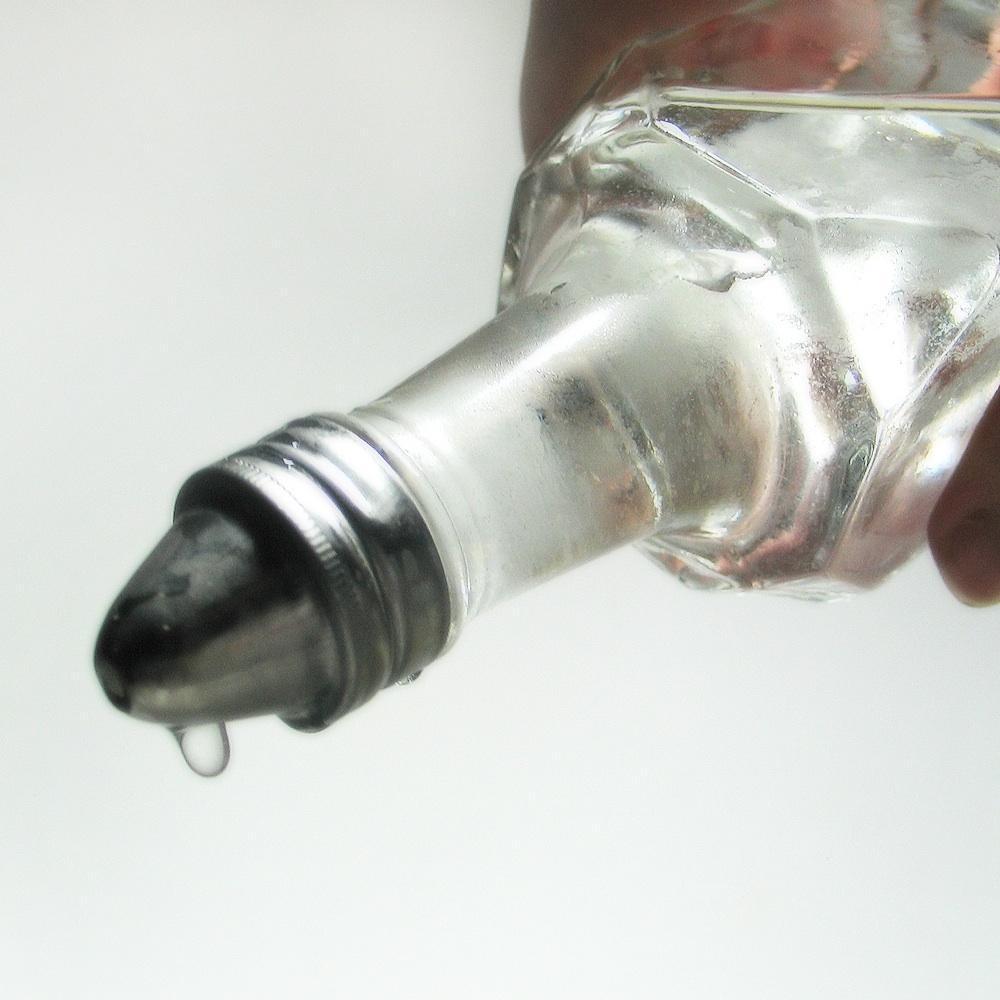How To Preserve Food With Vinegar Or Acetic Acid


Vinegar is as old as mankind, or at least as old as wine. It is not unreasonable to suggest that Noah made vinegar, although at that time it was used more as a disinfectant and healing product. The modern history of vinegar was centred in Orleans, as the most important trade centre for this product in Europe. Vinegar is used to preserve food with vinegar, such as fish, vegetables and even meat.
Steps to follow:
Today, as many types of wine vinegars as fruit vinegars are sold, as well as vinegar marinated with aromatic herbs and spices. In actual fact, there are as many types of vinegar as wine regions, but the best vinegars come from the best wines.
The best vinegar for preserving food is always the most neutral, such as those from white wines with good acidity, but little color and aroma. You can get white wine or red wine vinegar or make your own homemade vinegar. You can scent them with herbs and spices and flavor them according to your own taste. Whichever you choose, you can marinate lots of different types of meat and fish.

Most vegetables pickled in vinegar are blanched before being bottled. The blanching time will depend on the different characteristics and textures of each vegetable. Try not to overcook them or soften them too much. Cool them quickly under running water to prevent the growth of any residual microorganisms. You can find the blanching times for some of the most popular vegetables in the chart.
A white wine vinegar flavored with herbs such as bay or thyme will enrich meat or game marinades. Vinegar marinated with cloves will flavor a fish broth, whilst one marinated with oregano will add a nice aroma to gravy or cooked tomatoes. Vinegar marinated with truffle helps with deglazing and will add a nice aroma to foie gras or will flavor a green bean salad. You can simply mix it with a little olive oil to refine the flavor of many different salads.

Any air should be removed from the container in which the vegetables are pickled, which can be done by shaking the bottle or by using a stainless steel knife. This helps to maintain anaerobic conditions (without oxygen) in containers and prevents the growth of fungi, which is the main weakness of bottled pickled vegetables when tightness is not achieved or oxygen isn't eliminated.
Typically, the container is filled by approximately 2/3 to cover the vegetables, leaving a headspace of 1-2 cm. So, if the vinegar contains 5% acidity, the final 2% of acidity will be retained. In this case, the final acidity will be low. Even with the addition of salt, you should sterilize the container in a bath of boiling water for 10-15 minutes, depending on its size. It is not advisable to use large containers for preserving vegetables in vinegar.

To help with the preservation process and enhance the flavor, add about 5% of salt to the vinegar solution used to cover the vegetables. You can also add sugar to taste. Vinegar works effectively in the preservation process when a final concentration of 2-3% acid is achieved.

If you want to read similar articles to How To Preserve Food With Vinegar Or Acetic Acid, we recommend you visit our Food & drink category.
Tips
- Pickled vegetables sealed in sterilised jars can be stored in a cool place, without refrigeration and high humidity, for a duration of 1-2 years.








